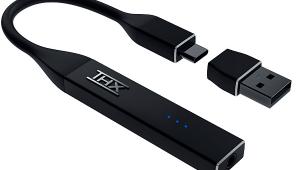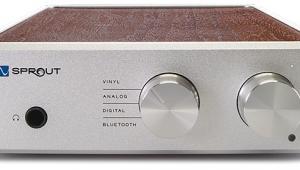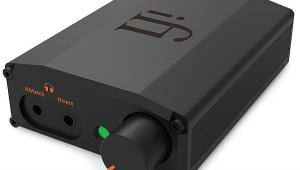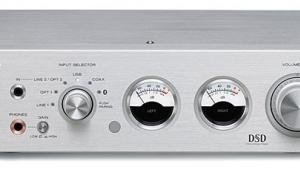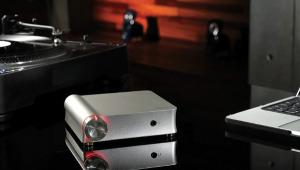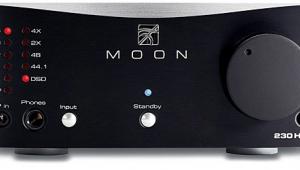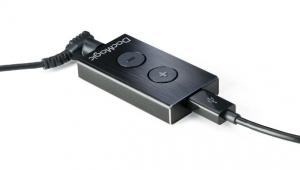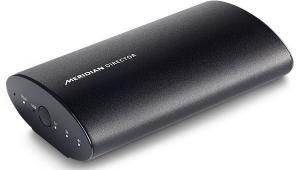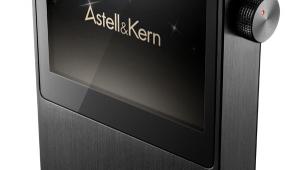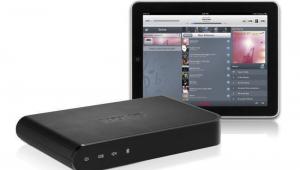Yamaha RX-A3020 A/V Receiver Page 3
Ergonomics
Yamaha’s user interface for the RX-A3020 is essentially the same as that found on the RX-A2010 I examined last year — there may be a few additions or enhancements. I liked it then, and I like it equally now: Yamaha gets the balance of icon-based graphical stuff and old-fashioned text-list menus just right.
For one thing, Yamaha’s is fast: Icons come up, and down, instantly, and cursor moves respond with similar snap. For another, it is reasonably intuitively organized. Once you’ve sat quietly and thumbed your way through the vertical main-function, horizontal sub-function, and vertical-again sub-sub-function icon and menu sets a few times, you should quickly gain navigational confidence.
For another, the Yamaha has lots of adjunct displays that give you one-touch access to important stuff. Display brings up letterbox bars with embedded info regarding input, volume, surround-mode, and signal status, without doing the picture any violence beyond trimming a bit off top and bottom. Option pops up a quick menu of, um, options, like tone and dynamic-range controls, video-adjustment memories, and more. Another is fast access to center-channel level trim — excellent. Next is Dialog Lift, which mixes center signal to the height speakers (if present; a rather nasal-sounding DSP operates if not) to raise the position from which dialogue emanates. (Not so excellent: Center-channel sound should originate from a single center speaker. Period.)
Yamaha also provides direct, “non-screen” access to most of the important stuff via the supplied remote controller. Sure, it’s big, a bit heavy, and not very sexy in this age of “air-mouse” and “voice-control” interfaces — may heaven protect me from both. But it works beautifully, supplies everything in logical fashion, and is well marked and wonderfully well lit.
Still another feature (how many are we up to?): Yamaha’s Scene function. This lets you store up to 12 different combos of every important setting, including speaker-setup arrangements, levels, and crossovers; surround and audio-enhancer modes and trims; video processing, tone, and dynamic-range controls; and a host of others. And Scenes 1 to 4 get dedicated remote keys. Such functionality is not exclusive to Yamaha — though it’s surprising how many A/V receivers do not include even a basic system of this sort — but the RX-A3020’s is the most comprehensive and powerful I’ve encountered.
Bottom Line
By now it should be clear that I give the Yamaha RX- A3020 high marks indeed. Its audio quality and power, video processing, and setup flexibility are all excellent. Its DSP-surround effectiveness is second to none, and its overall feature count is high — and far more important, most of those features are highly usable, thanks?to top-notch ergonomic design. This is a rare combination: If you seek an A/V receiver that is packed to the brim, delivers the audio and video goods (including 4K compatibility), and will make for a pleasant everyday companion, I don’t believe you can do much better.
